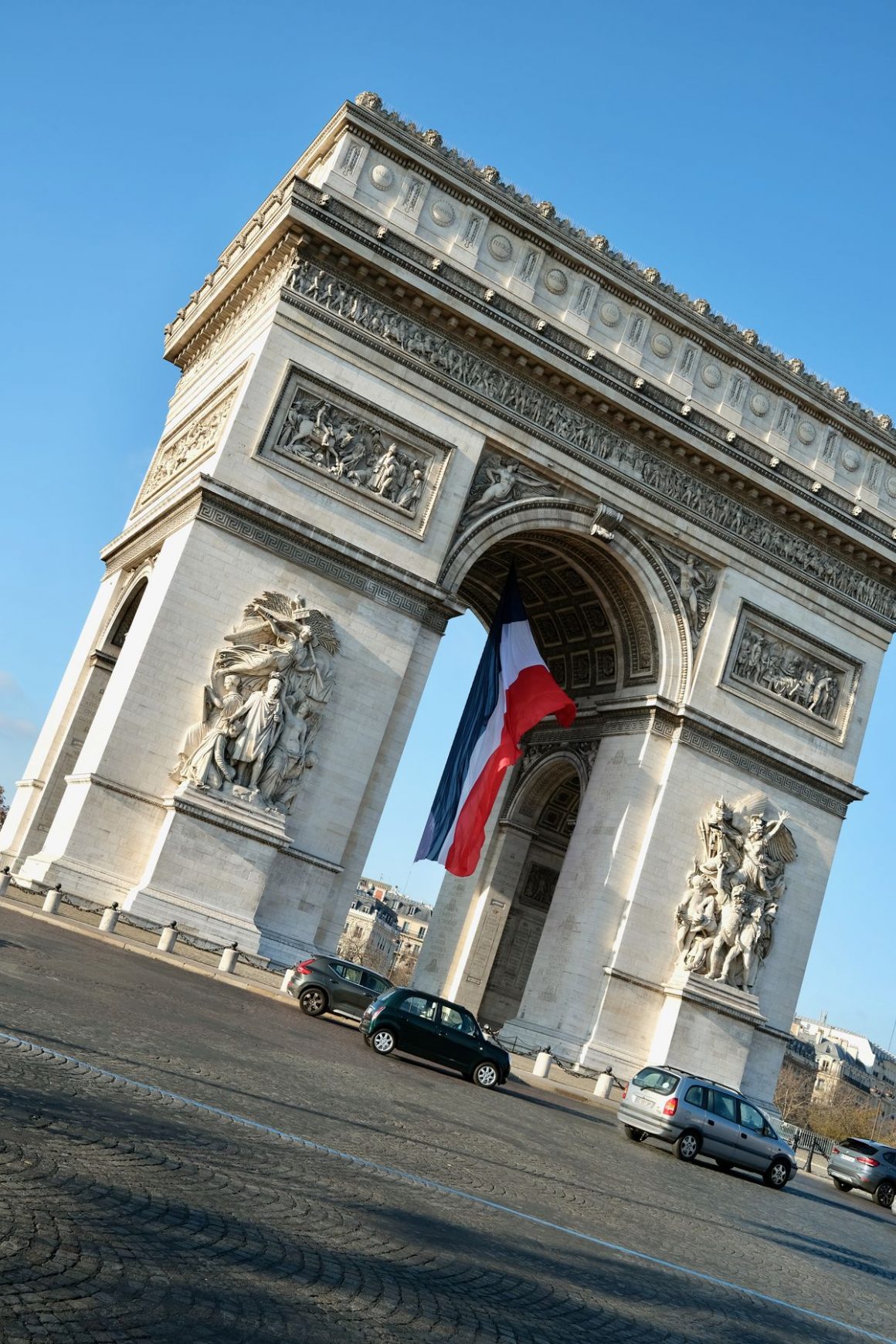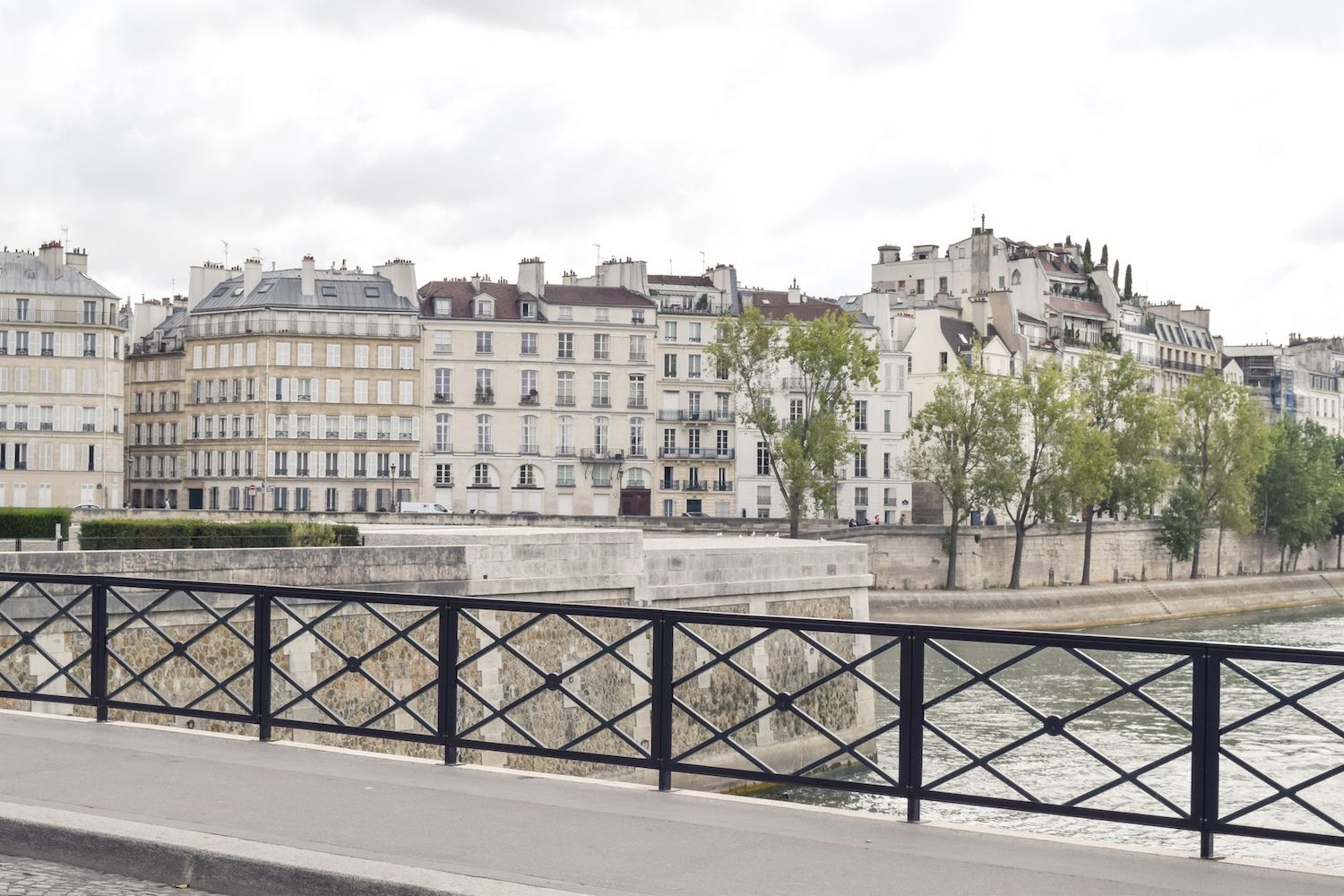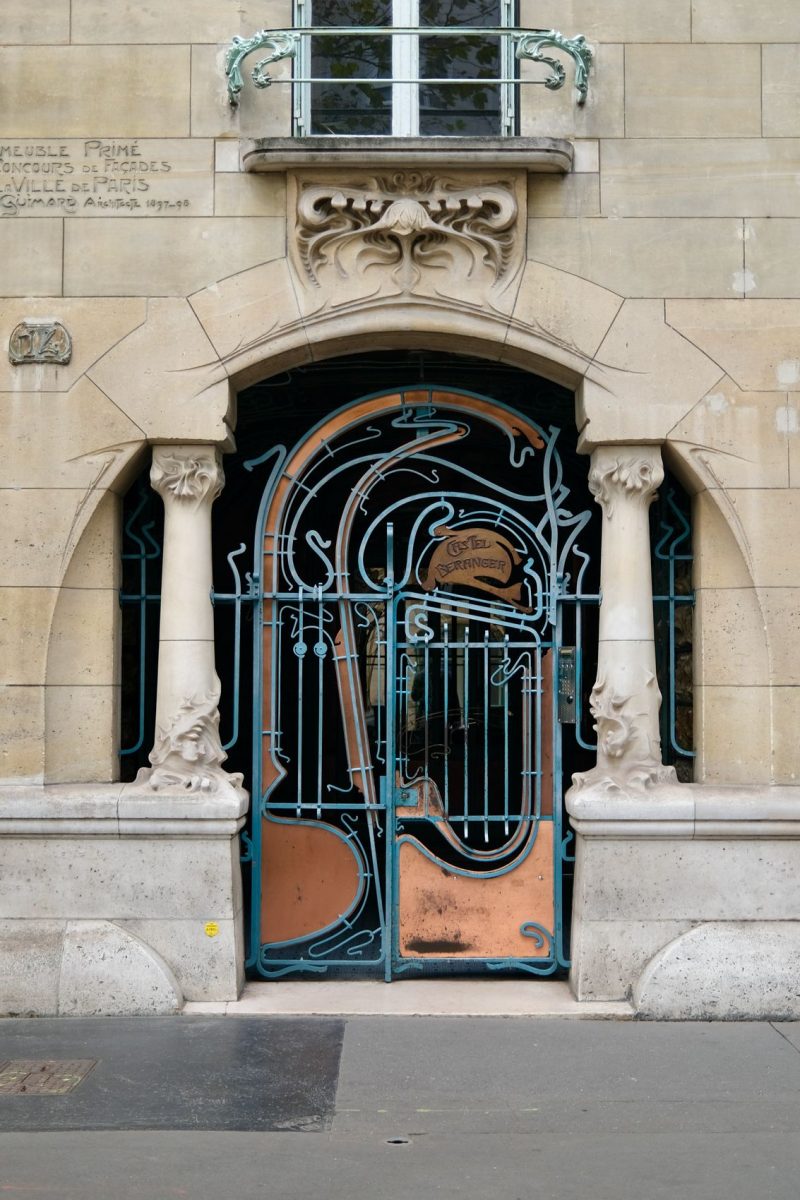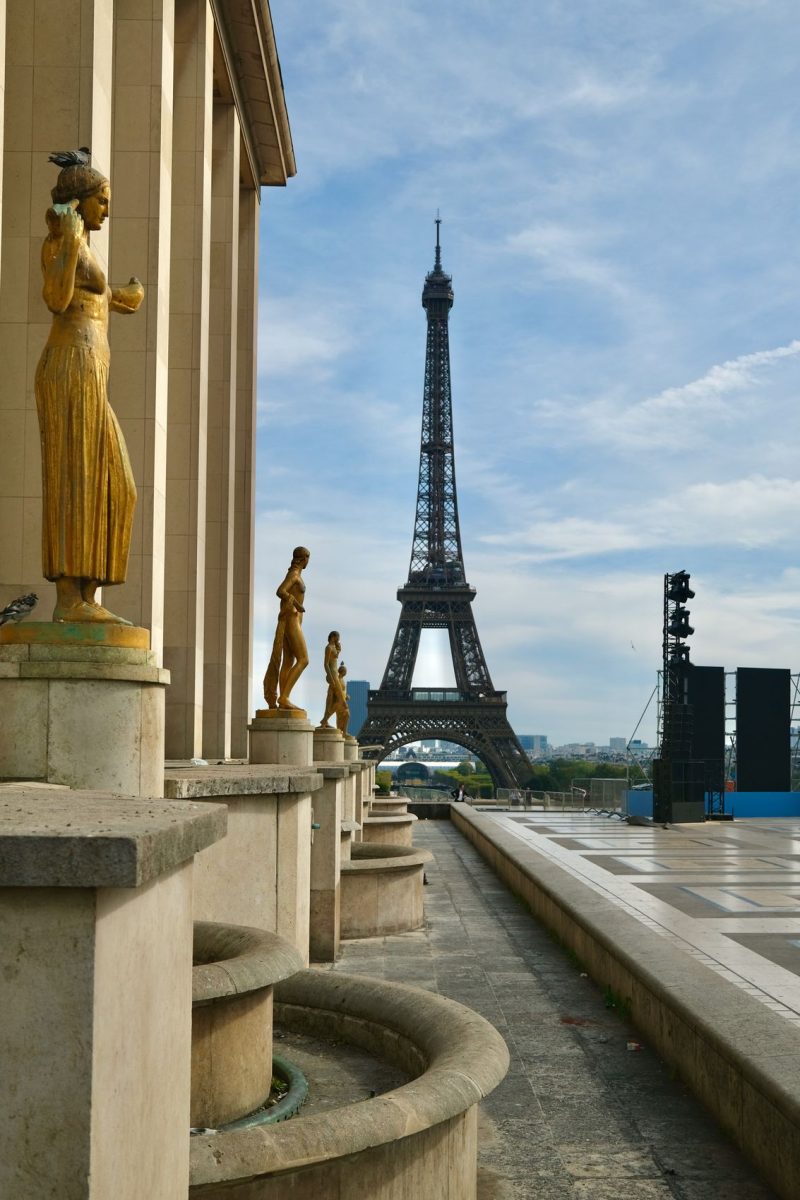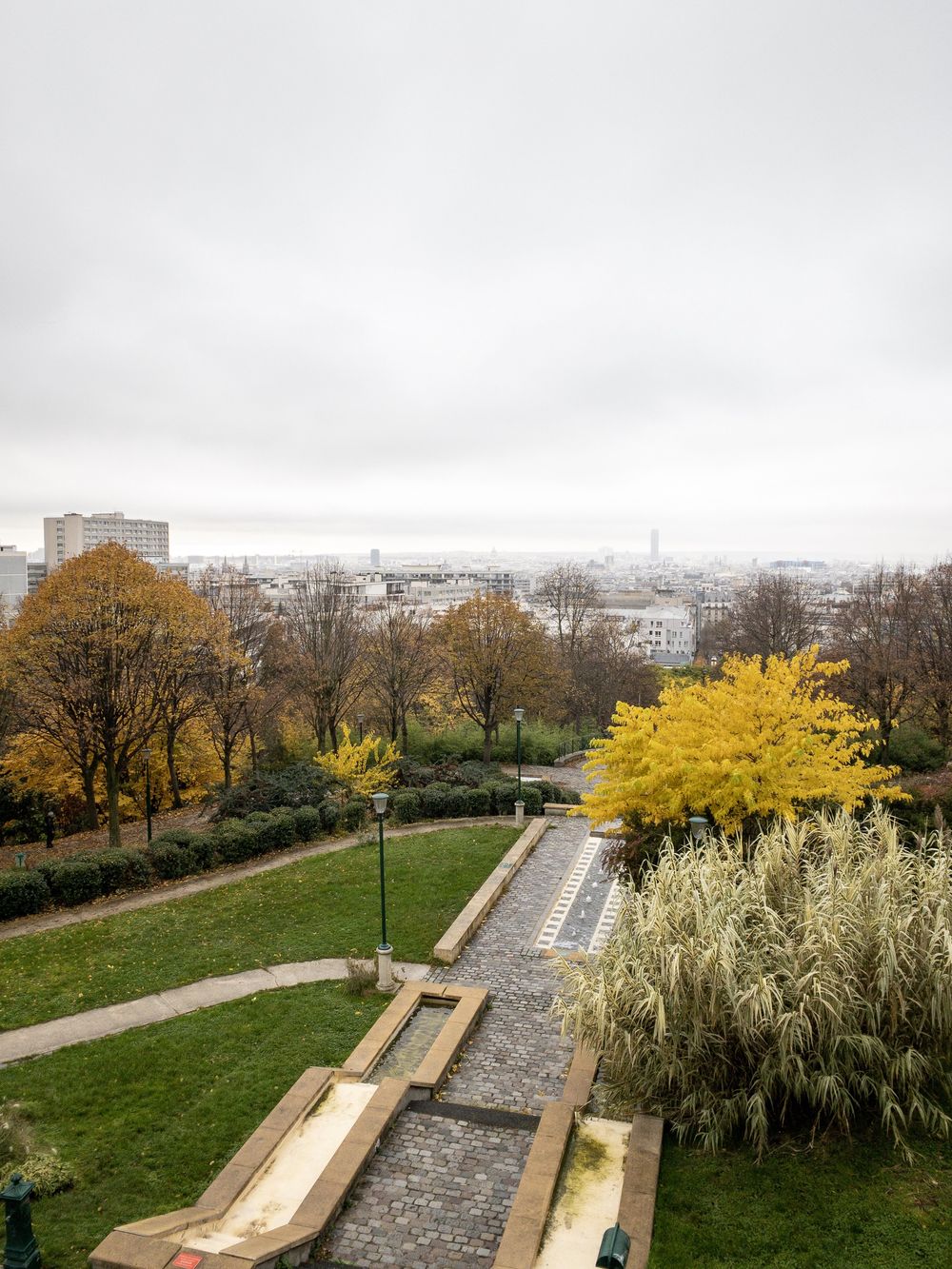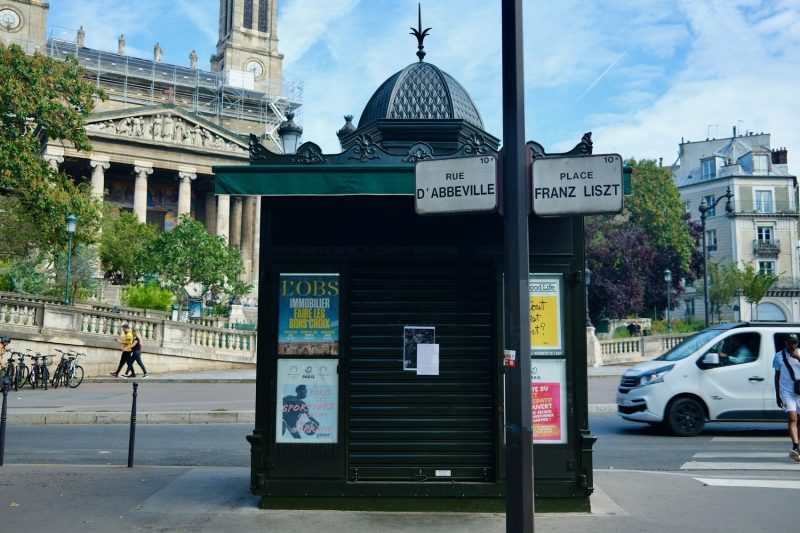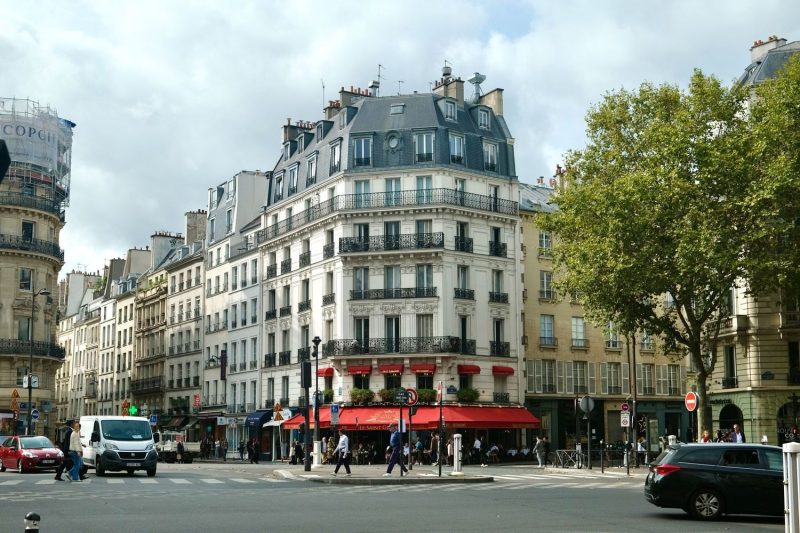L’Arc de Triomphe: a Monument Celebrating French Military Victories
Culture Travel may earn a commission through links on this website. As an Amazon Associate, we earn from qualifying purchases.
L’Arc de Triomphe is one of Paris’s most iconic monuments, with a fascinating history tied to French military glory and national identity.
Origins and Construction
Napoleon Bonaparte commissioned the Arc de Triomphe in 1806 after his victory at the Battle of Austerlitz. He wanted to honor the Grande Armée (French Imperial Army) and celebrate French military achievements. The architect Jean Chalgrin designed it in the Neoclassical style, inspired by the ancient Roman Arch of Titus.
Construction began in 1806 but progressed slowly due to Napoleon’s fall from power in 1815. Work was halted for several years and only resumed in 1824 under King Louis XVIII. The monument wasn’t completed until 1836, during the reign of King Louis-Philippe, and Napoleon himself never saw it finished.
Design and Symbolism
Standing 50 meters (164 feet) high and 45 meters (148 feet) wide, it’s one of the largest triumphal arches in the world. The monument features elaborate sculptural reliefs depicting French Revolutionary and Napoleonic military victories. The most famous sculpture is “La Marseillaise” (The Departure of the Volunteers of 1792) by François Rude.
The inner walls are engraved with the names of 558 French generals and major Revolutionary and Napoleonic battles.
The Tomb of the Unknown Soldier
After World War I, the Arc took on new significance. In 1920, an unknown French soldier who died in WWI was buried beneath the arch. An eternal flame was added in 1923, rekindled every evening at 6:30 PM in a solemn ceremony that continues today. This transformed the monument into a national memorial for all French war dead.
Location and Legacy
The Arc stands at the center of the Place Charles de Gaulle (formerly Place de l’Étoile), where twelve avenues radiate outward, including the famous Champs-Élysées. It remains central to French national celebrations, military parades, and commemorations.
How to Visit and Explore L’Arc de Triomphe
Here’s how to visit L’Arc de Triomphe:
The Arc is located at Place Charles de Gaulle in the 8th arrondissement. The closest metro stations are:
- Charles de Gaulle-Étoile (Lines 1, 2, 6, and RER A)
- The monument sits at the top of the Champs-Élysées
Important: Use the Underground Passage! Never try to cross the traffic circle on foot – it’s extremely dangerous with 12 converging avenues. There’s an underground pedestrian tunnel that accesses the Arc from the Champs-Élysées side (near the metro exit).
Visiting Hours
Typically open daily from 10:00 AM to 10:30 PM (April-September) and 10:00 AM to 10:00 PM (October-March). Last admission is usually 45 minutes before closing. Hours may vary on holidays, so it’s good to check ahead.
Tickets and Entry
- There’s an admission fee to climb to the top (around €13 for adults as of recent years)
- Free for EU residents under 26 and children under 18
- You can purchase tickets on-site or online in advance to skip lines
- Included in the Paris Museum Pass
The Climb
There are 284 steps to reach the top platform – there’s no elevator for visitors. The climb is worth it for spectacular panoramic views of Paris, including the Champs-Élysées, Eiffel Tower, and the 12 radiating avenues below.
What to See
The visit typically takes 45 minutes to an hour.
The viewing platform at the top. From the upper terrace, you can see a stunning panorama over the famous boulevard, Champs Elysées. The small museum inside documenting the Arc’s history
The Tomb of the Unknown Soldier and eternal flame (visible from ground level) The evening flame-rekindling ceremony at 6:30 PM (free to watch from ground level)
How to Get There
The Arc de Triomphe sits at the intersection of the 8th, 17th, and 16th arrondissements. Its official address is:
L’Arc de Triomphe
Place Charles de Gaulle, 75008 Paris
